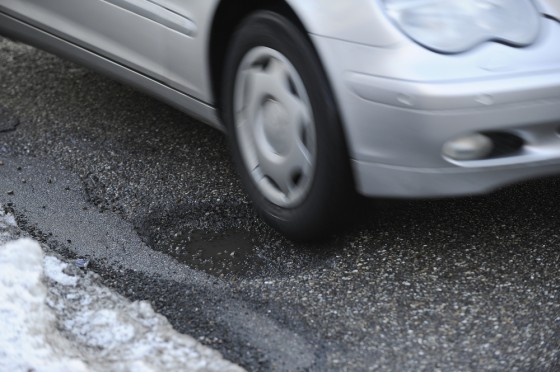According to a new Occupational Safety and Health Administration (OSHA) report, negligence from almost every party involved led to last year’s collapse of a pedestrian bridge at Miami’s Florida International University, killing 6 and permanently disabling one other. The pedestrian bridge project was supposed to pose lower risk of disruption thanks to a construction method called “accelerated bridge construction,” intended to minimize the time and risk involved on-site by performing much of the work off-site and then relocating it. Yet, according to the report, almost all parties involved shared some fault for the collapse, most notably FIGG Engineering-Bridge Group, the firm that designed the bridge.
On March 15, 2018, the bridge collapsed onto the street below, where multiple cars were waiting at a stoplight. FIGG Engineering-Bridge Group had designed the bridge and engineering firms Louis Berger and Bolton Perez and Associates provided additional design checks. Miami-based construction firm Munilla Construction Management (MCM) managed the bridge’s construction off-site and relocated it to the school using the accelerated bridge construction method.
OSHA says that FIGG produced a “deficient” design and the company’s attempts to seal cracks in the bridge led to its collapse.
FIGG reportedly also ignored MCM workers’ concerns about the bridge’s growing cracks, saying that it had examined them and did not find anything troubling. Given this response from FIGG, OSHA wrote that MCM should have exercised “independent judgment with regard to implementing necessary safety measures” to address those growing cracks and close the street below. OSHA also said that the road should have been closed immediately as FIGG attempted to repair the cracks—work that, as the Miami Herald reported, put additional stress on already-faulty and weak internal support cables.
According to the OSHA report, at a meeting with all construction participants on the day of the collapse, FIGG’s lead engineer “acknowledged that his computations could not replicate the cracks and, therefore, he did not know why the cracks were occurring.” Upon being told that the cracks were widening daily, he “stated more than once that the cracks did not present any safety concerns.
buy amoxicillin online https://royalcitydrugs.com/amoxicillin.html no prescription
” The engineer had also reportedly called the Florida Department of Transportation (FDOT) three days before the collapse to claim the same.
The report also calls into question Louis Berger’s independent review of the bridge’s designs, noting that the firm’s “constrained” budget and time led to deficiencies in the firm’s analysis, including not examining the post-installation construction phase, during which the collapse happened. OSHA said FIGG violated FDOT requirements by not requiring Louis Berger to conduct the full examination and failing to provide the firm with necessary documents.
Bolton Perez and Associates was reportedly aware of the cracks in the bridge, but failed to follow DOT requirements to “exercise its own independent professional judgment,” and did not recommend that the street be closed.
After the incident, victims filed 18 lawsuits against 25 companies connected with the collapse, with depositions beginning in May 2019. According to the Miami Herald, MCM declared bankruptcy and in May, the judge overseeing its bankruptcy approved a $42 million insurance settlement for victims and their families. Additionally, FIU has designated that its $5 million insurance payment should go to the victims. FIGG released a statement this week calling the OSHA report “factually inaccurate and incomplete,” citing “flawed analysis.” A National Transportation Safety Board report is forthcoming, but may not be released until 2020.




